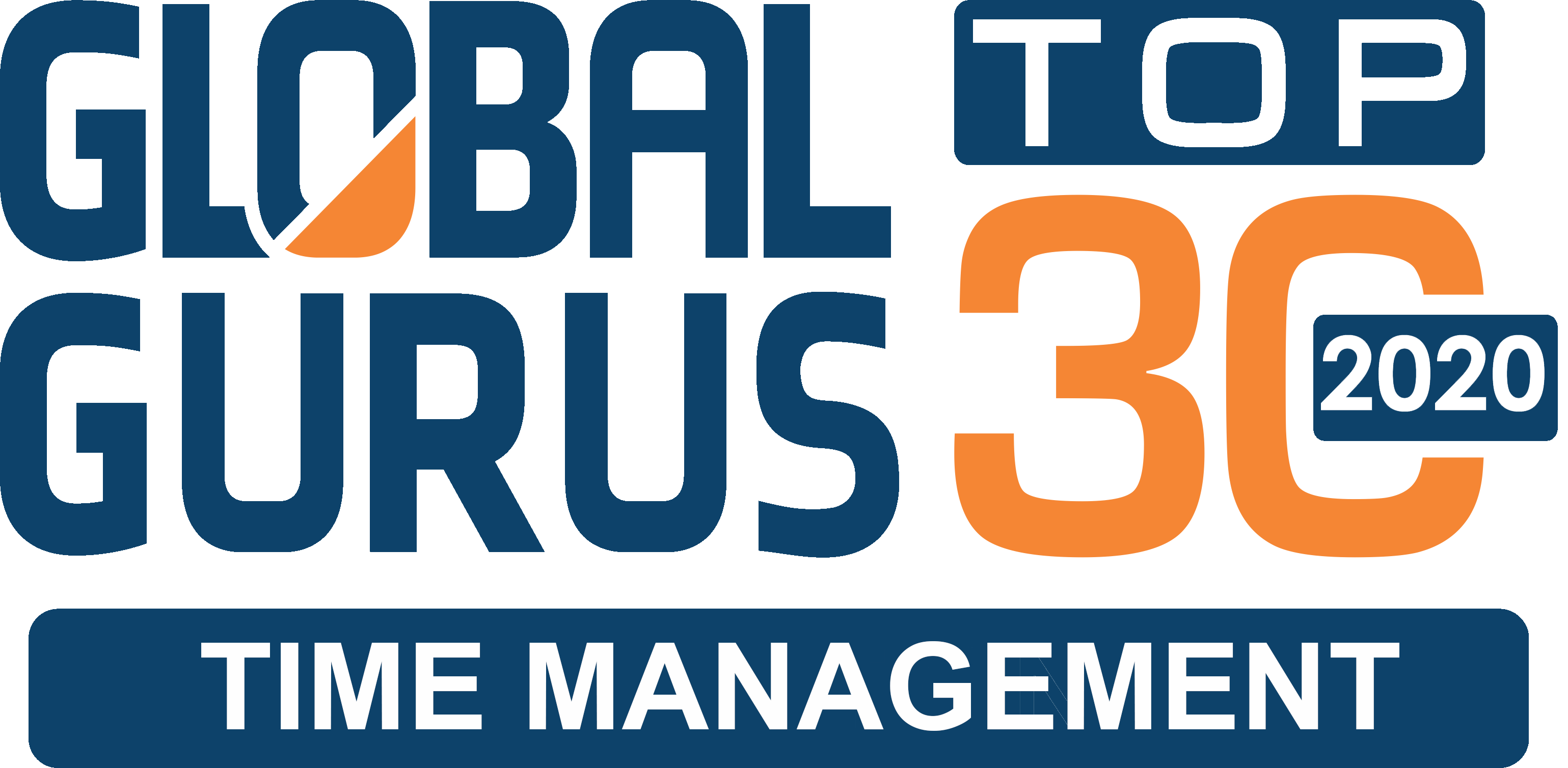“Once a new technology rolls over you, if you’re not part of the steamroller, you’re part of the road.” — Stewart Brand, American writer and editor of the Whole Earth catalogue.
 According to legend, in 1779 a British weaver named Ned Ludd destroyed two stocking looms in a fit of rage. Ever since, his name has been synonymous with those suspicious about or fearful of new technology. But Luddites have always been with us. No doubt, scribes in ancient Sumeria sneered when young upstarts started writing on that newfangled paper stuff instead of traditional clay bricks. After all, why change what works?
According to legend, in 1779 a British weaver named Ned Ludd destroyed two stocking looms in a fit of rage. Ever since, his name has been synonymous with those suspicious about or fearful of new technology. But Luddites have always been with us. No doubt, scribes in ancient Sumeria sneered when young upstarts started writing on that newfangled paper stuff instead of traditional clay bricks. After all, why change what works?
Ironically, the Internet overflows with stories about how new electronic technologies might doom society as we know it. The commentators fear our electronic helpers will atrophy the writing and social skills of entire generations, and open up company systems to widespread pillaging before going on to destroying entire industries. In a century, human society will no doubt be nearly unrecognizable to those of us living now. But that’s how life works. As long as we continue to think and dream, technology will continue to advance, and the old ways will become casualties to the new.
Dipping Your Toe in the Water
All that said, new technology can have its dangers, especially in the workplace. Improperly implemented, it can slow or stop productivity; and yes, inexperienced users can leave backdoors open for hackers and identity thieves to waltz right in and steal or corrupt data. So you do have to think a little like a Luddite before you dive into the techno-waters.
1. Study its impact. Will the new technology under consideration really upgrade your productivity? If not, why bother? If so, might it prove more trouble than it’s worth? Is the new functionality worth the cost of the training you’ll have to pay for when you upgrade? It may well be. For years, many professional writers refused to move from typewriters to word processors…but when they did, they realized the new technology helped them produce copy faster and made revisions easier. No more retyping a whole page to correct a single typo—a few keystrokes and viola, a clean new page! Overall, it improved their productivity. How will the new technology under consideration help or hinder you? Many large organizations skip versions of Microsoft Outlook, for example, choosing to go directly from 2007 to 2013, skipping 2010, because the functionality didn’t change much, and it’s extremely expensive and complicated to upgrade thousands of users. Examine the pros and cons in detail before you implement it. If the cons outweigh the pros, forget it.
2. Calculate the costs. At some point, you’ll have no choice but to upgrade. Either manufacturers will stop supporting your old version (think Windows 95), or everyone else will adopt the new, leaving you in the dust. But ask yourself: must you do it now? Bleeding-edge technology comes with a hefty price tag—and lots of bugs. You may want to wait a year or so, until the price comes down and the bugs are fixed. A handheld DVD player once cost thousands of dollars. Now you can get one for about 30 bucks. Similarly, in 1992, expensive dual-core 486 IBM clones were the acme of modern desktop computing. Within a year, manufacturers couldn’t give them away, because everyone wanted Pentiums.
3. Consider the Schlimmbesserung factor. Will the upgrade really increase your productivity over the long run—or will you end up working harder and longer? The Germans have a word for “time-saving” technology that generates more work: Schlimmbesserung. Take the vacuum cleaner. Before its invention, most floors consisted of easily swept hardwood. Carpets were relatively few, small, and ornamental, and got a good cleaning a few times a year. Afterward, wall-to-wall carpeting became popular, and homemakers found themselves vacuuming several times a week. Will your new technology generate productivity-killing Schlimmbesserung for you and your team?
4. Include an exit strategy. Rather than commit entirely to the change right from the beginning, ease into it. Test the new technology to make sure it does all it promises and don’t hesitate to roll back to your original tech if it doesn’t. Back in 2001, a telephony company called Inet (now part of Techtronix, Inc.) implemented a company-wide computer system upgrade that, the IT department promised, would help everyone do their jobs better. They got well into it before many employees realized they’d lost functionality. Vital software wouldn’t run on the new operating system, and in many cases, the new OS itself wouldn’t run effectively on the employees’ computers because the computers themselves were outdated. By then, the IT team had already purchased hundreds of expensive OS licenses and had committed to the changeover. Needless to say, it cost quite a bit more than expected to upgrade and replace the systems of all 250+ employees (decent workstations cost about $2,000 back then).
Handle With Care
We all realize that new technology can be dangerous when misused…but we use it anyway, because the benefits usually outweigh the dangers. This has proven especially true of the electronic technology that’s recently revolutionized the white-collar workplace. As long as you take reasonable care when adopting new technology, watching closely for the pitfalls, the worst it will do is slow you down a bit before you retrain, regroup, and recharge!



One problem with technology in organizations is the failure to ask and answer the most basic question. Who requires what information when, where and in what form? While computers are useful as big adding machines for payrolls and other number crunching activities, these activities only help some departments. The goal of technology should be to help everyone be effective by providing the information they need at the time they need it in the form and place they need it. I once had the opportunity to ask a president of an organization employing between 200-300 employees what information he need to do his job. He was honest, he said, “I don’t know.” Can you answer the question for your job?